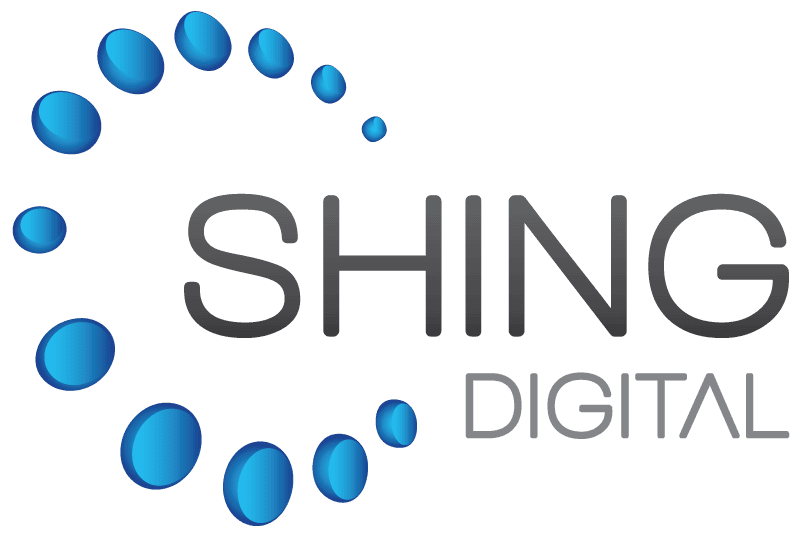In the fast-paced world of technology, staying up to date is critical for maintaining security, productivity, and competitive advantage. For businesses still running Windows 10, the clock is ticking. Microsoft has announced that support for Windows 10 will officially end in October 2025. This means no more security updates or technical support, leaving businesses vulnerable to cyber threats if they don’t act soon. Now is the time to assess your readiness for the migration to Windows 11—but are you prepared?
Key Considerations for the Transition to Windows 11
- Hardware Compatibility One of the biggest hurdles in upgrading to Windows 11 is hardware compatibility. Microsoft has set strict requirements for devices running its new operating system. In particular:
-
- Trusted Platform Module (TPM) Version 2.0: TPM is a security feature required by Windows 11. Older devices lacking this module will not be able to upgrade.
- Processor and Memory Requirements: Windows 11 demands more modern processors and sufficient memory to ensure smooth performance.
- Software and Application Compatibility Before upgrading, ensure that critical business applications are compatible with Windows 11. While many applications have been optimized for the new OS, legacy software may require updates or replacements.
- Evaluating Device Lifecycles Even if your hardware, software and application are compatible for Windows 11, its important to weigh the cost of upgrading hardware versus extending the lifespan of current equipment. If your laptops are nearing the five-year mark, consider whether investing in newer, Windows 11-compatible machines will provide better long-term value. Newer devices come with improved performance, security features, and energy efficiency, enhancing productivity and lowering total cost of ownership.
- Budget Planning Proactive budgeting is key to a successful migration. Waiting until the last minute to replace non-compliant devices or upgrade systems can lead to rushed purchases and potential downtime. Start evaluating your inventory now to spread costs and avoid disruptions.
Why the Transition Matters
Failing to migrate from Windows 10 before end-of-life can expose your business to significant risks:
- Security Threats: Without ongoing updates, devices running Windows 10 will become more susceptible to malware and cyberattacks.
- Compliance Issues: Many industries have strict regulations for maintaining up-to-date and secure systems. Running outdated software could result in non-compliance penalties.
- Reduced Productivity: Unsupported systems may experience more frequent failures, leading to downtime and lost productivity.
Preparing for a Smooth Migration
To ensure a seamless transition to Windows 11:
- Audit Your Current Infrastructure: Identify which devices meet Windows 11 requirements and which need replacement.
- Develop a Phased Upgrade Plan: Prioritize mission-critical systems and plan gradual upgrades to minimize disruption.
- Engage IT Experts: Partner with IT professionals to streamline the migration process and ensure all systems are optimized for Windows 11.
To summarize, if you have users who barely go onto their systems, the need to move to Win 11 is not urgent – stay the course! However, if you have users where reduced productivity will be an issue, or if compliance and security are a concern for your organization, it is time to plan for a Windows 11 migration. Please contact your MSP provider to assist you with the plan for the device lifecycle and project migration. Depending on the size of your organization this project may take quite a few months to complete. Therefore, now is the time to plan.

Author: Tracey Burkitt
Account Executive






